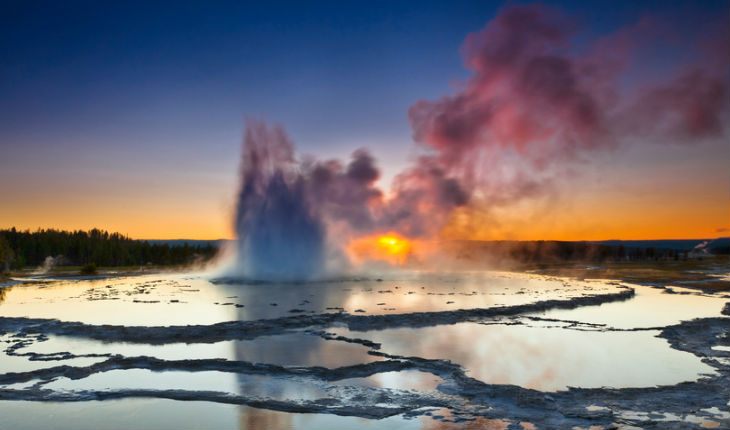Pripyat, Ukraine
Tourists all over the world are dying to explore Pripyat, despite the high levels of radiation in the 30-kilometer Chernobyl exclusion zone. Fans of HBO's historical drama mini-series Chernobyl, urban explorers and ordinary people looking for some adrenaline rush all gather in this area. Although on the day of the notorious accident, the level of background radiation was around a million micro-roentgen per hour, today this number dropped to meager two hundred. The area is still uninhabitable, but it is quite possible to spend a couple of hours there without significant detrimental effects on one's health.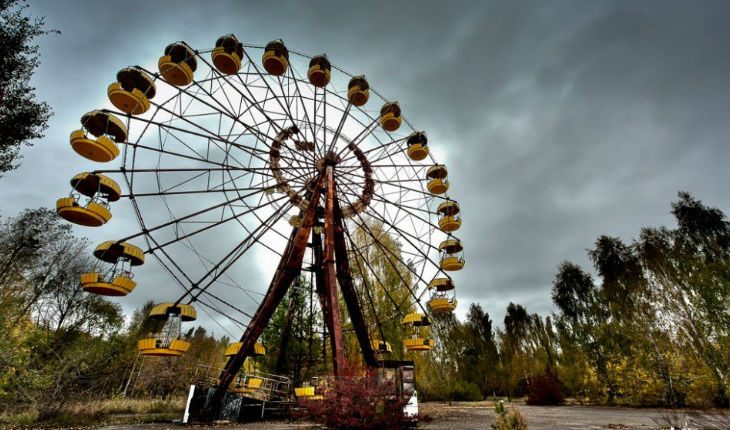
More about attractions for thrill-seekers you will see in this video.
Mount Everest, Tibet
Every experienced mountain climber knows that he is putting his life in great danger by climbing the world's highest mountain – Chomolungma, most commonly known as Mount Everest. The mountain peak's prominence above the sea level is almost nine kilometers. This altitude is famous for its destructive hurricane-force winds, night-time temperature drops to -60 degrees Celsius, and the oxygen concentration in the air which is not sufficient for human life.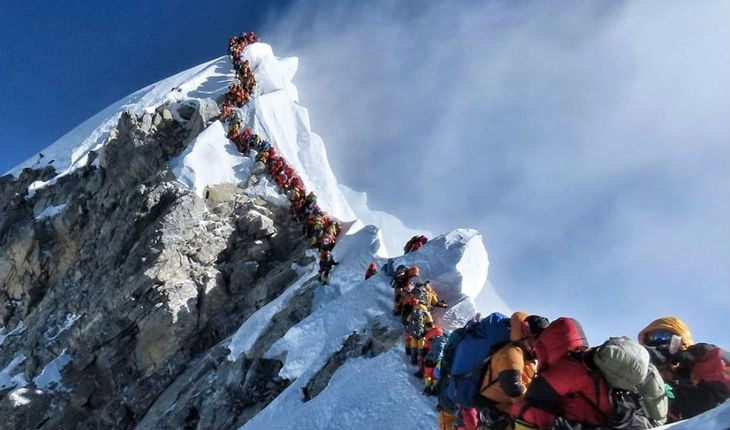
Zhangjiajie Glass Bridge, China
In 2016, a Chinese province Zhangjiajie introduced a new tourist attraction – a glass-bottomed skywalk bridge, measuring 430 meters in total length and 6 meters in width. The bridge connects two mountain cliffs and is located 300 meters above the ground. Its designed daily traffic is 8 thousand visitors a day with only up to 800 visitors at a time. The architects guarantee absolute safety if these conditions are met.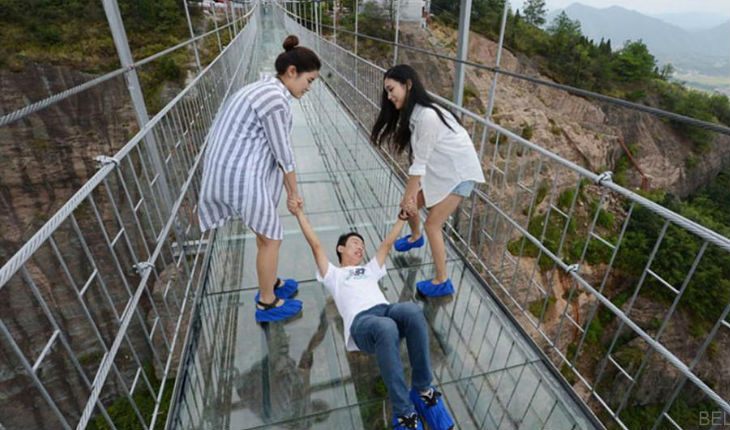
Kīlauea volcano, the Hawaiian Islands, USA
Out of the three active volcanoes in Hawaii, Kīlauea is considered to be the most active and devastating one. Yet, it is one of the greatest tourist attractions of the island. Its most recent eruption that took place in 2018 has finally shown the full destructive power: scorching lava covered more than 40 hectares of land, burning everything and everyone in its path. The eruption itself was accompanied by earthquakes, fissures, ash plumes, poisonous fumes, and volcanic glass particles flying out of the crater. Despite the constant real danger of new eruptions, tourists don't even think of leaving Hawaii any time soon.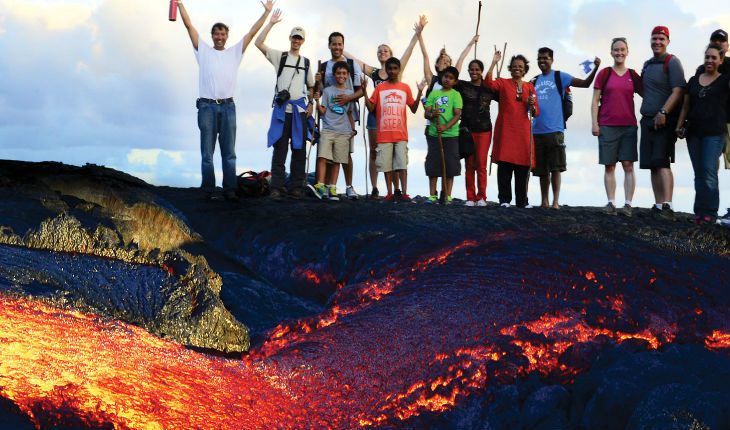
Yellowstone National Park, USA
Geysers and untouched, pristine nature are the main two attractions of Yellowstone National Park. Despite numerous warning signs at the entrance of the park, which prohibit approaching the geysers, many ignore them and pay for carelessness with their own lives. It is remarkably easy to slip and fall right into the boiling water, which contains acids capable of completely dissolving the body of the human boiled alive. Yellowstone geysers killed 22 people over the last 150 years with the last death occurring in 2016.